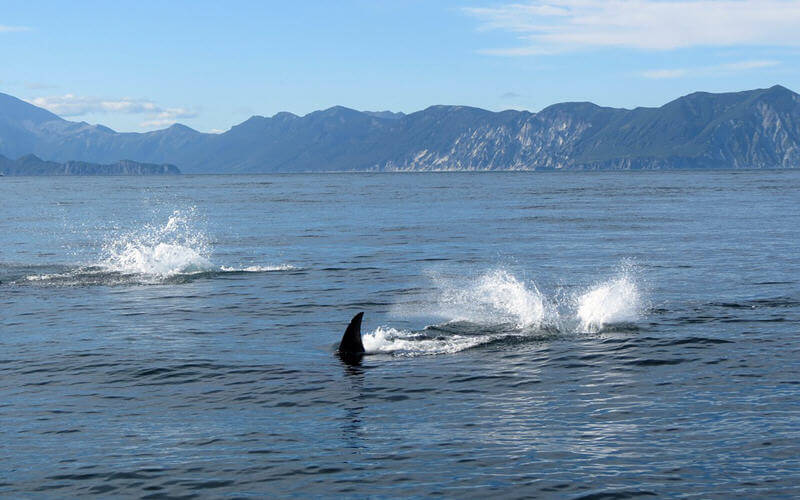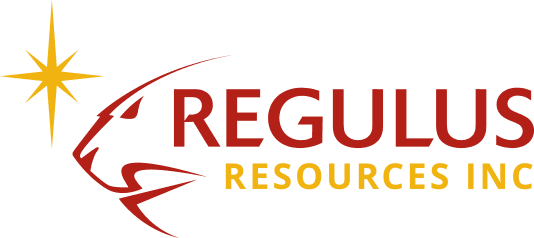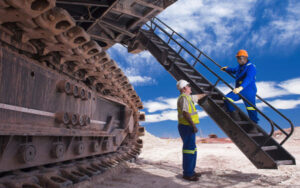Seabed mining approved in New Zealand despite environmentalists’ concerns

New Zealand’s Environmental Protection Authority approved Trans-Tasman Resources’ application to mine iron sands from the seabed of South Taranaki Bight, located 22 kilometres to 36 kilometres offshore from Patea.
The approval means that Trans-Tasman is now allowed to recover resources from the country’s Exclusive Economic Zone. In detail, the company wants to dig up 50 million tonnes of the seabed a year, for 35 years, to get five million tonnes of iron ore per year. The South Taranaki Bight has reported JORC iron sand mineral resources of 1,698Mt at 11.16% Fe2O3 for the Mine Area and adjacent Kupe Blocks at a 3.5% Davis Tube Recovery cutoff and a further 2,137Mt at 9.66% Fe2O3 for Stage 2 Block mine areas.
The sand will be processed aboard a purpose-built 345-metre integrated mining vessel, whose construction TTR would start soon. The company expects to begin exporting iron ore from the site to Asia in 2020.
The decision around the proposed offshore mining project, however, comes following months of debates and consultations, and it was not unanimous. Some members of the EPA’s Decision-making Committee did not agree in the final deliberations, citing concerns over localised adverse environmental effects.
Previous to this new development, scientists working with the National Institute of Water and Atmospheric Research also voiced their concerns over mining operations within New Zealand’s EEZ.
According to their studies, unique seafloor communities could be at risk of disappearing if deep-sea mining activities take place in the area.
Source: www.mining.com
Industrial Metals
Iron








